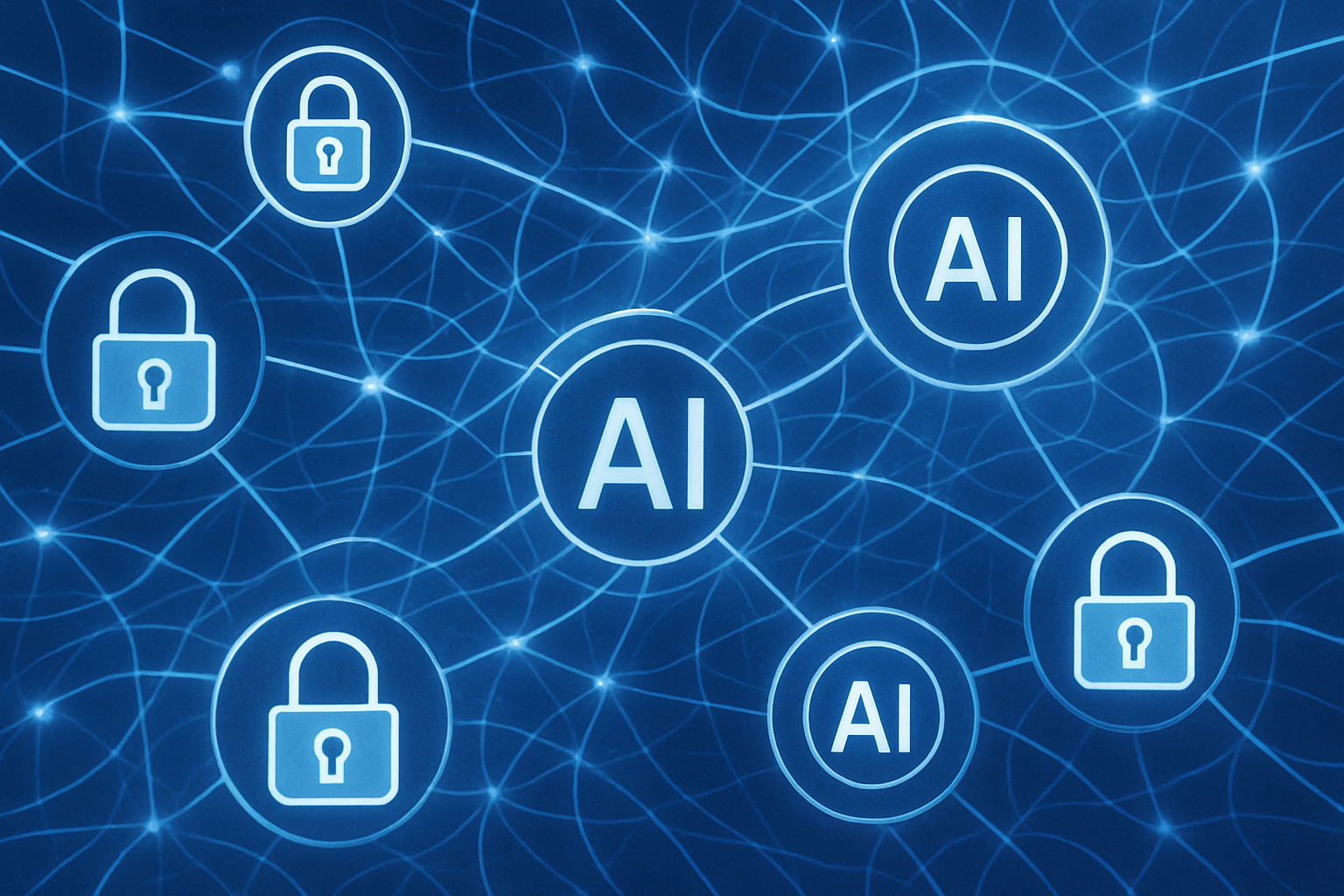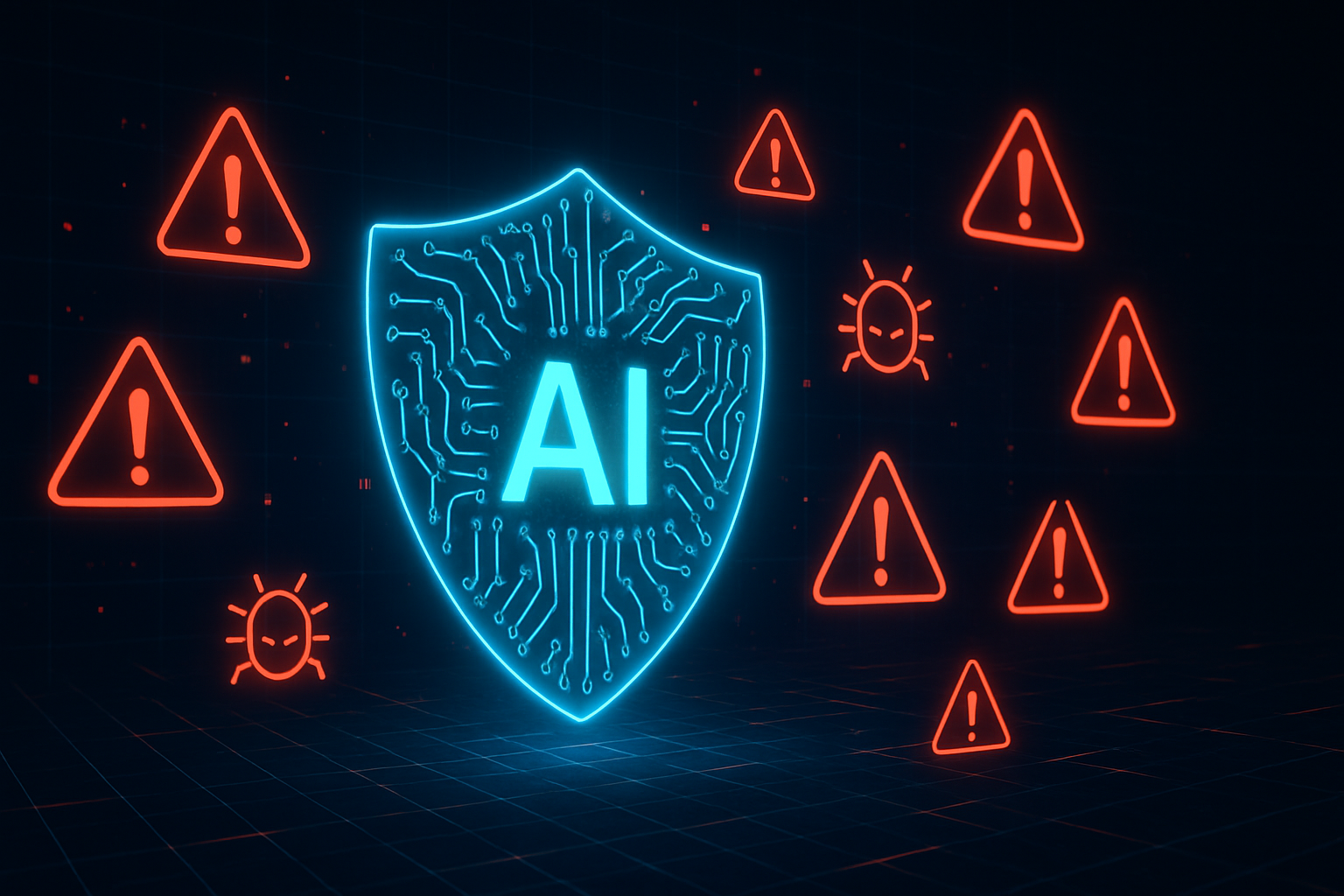
AI CERTs
2 months ago
AI Security Orchestration: SecureOps’ Blueprint for Resilient Defense
Ransomware dwell time keeps shrinking, yet breach costs keep escalating. Consequently, security leaders seek faster, smarter coordination. AI Security Orchestration offers that promise by combining machine learning with disciplined playbooks. However, hype often masks operational reality. Boutique Montreal MSSP SecureOps provides a grounded example of orchestrated resilience. The firm couples human SOC oversight with selective automation inside its SecureIST platform. Moreover, IBM’s 2024 Cost of a Data Breach Report shows organizations using security AI cut lifecycle days by 98. Those savings approach multimillion-dollar levels. Therefore, boards now frame orchestration investments as risk-reduction drivers, not experimental bets. This article unpacks market forces, SecureOps’ formula, component architecture, benefits, risks, and an actionable roadmap for technology executives. Throughout, we contrast proactive AI defense claims with measurable outcomes. Readers will also learn where certifications add credibility for teams scaling zero trust AI initiatives.
Market Forces Driving Growth
MarketsandMarkets projects the SOAR segment to reach $2.3 billion by 2027, reflecting 15.8% CAGR. Furthermore, Splunk, Swimlane, and Cyware have embedded agentic workflows that elevate AI Security Orchestration visibility. IBM’s 2024 data underscores the economic motive: average breach costs hit $4.88 million, yet extensive automation shrank expenses dramatically. In contrast, organizations without orchestration faced longer disruption and steeper fines. Moreover, regulatory headwinds, including the EU AI Act, demand documented explainability for every automated step. These dynamics push leaders toward forward-leaning defense rather than reactive containment. Consequently, spending shifts from standalone tools to integrated, managed security services partnerships.
Capital flow and compliance mandates jointly accelerate adoption. However, practice execution diverges across providers, as the next section shows.
SecureOps Practice Case Study
SecureOps has safeguarded global customers for 25 years and now monitors roughly 100,000 endpoints in 50 countries. Moreover, the company positions its SecureIST offering as SIEM-as-a-Service layered with co-managed response. Instead of chasing full autonomy, SecureOps embeds AI Security Orchestration within a human-in-the-loop model. Analysts tune Sentinel analytics, while Cribl manages log pipelines for quality data. Additionally, detection engineers iterate rules daily to sustain proactive AI defense effectiveness. Patrick Ethier, CTO, notes that visibility, analytics, and automation uphold zero trust AI principles across varied environments. Consequently, customers receive rapid triage plus context-rich guidance before containment steps execute.
This balanced formula resonates with budget-constrained firms lacking internal talent. Therefore, SecureOps extends managed security services without surrendering customer control. Loren Goldig, CEO, argues that partnership mindset outperforms purely outsourced models. Meanwhile, free trials encourage proof-of-value before multiyear commitments, easing procurement hurdles.
SecureOps’ experience illustrates that AI Security Orchestration succeeds when aligned with measurable service-level objectives. In contrast, unchecked automation may create silent failure modes. The following technical section breaks down required building blocks.

Core Orchestration Components Explained
Effective stacks share four core layers. Firstly, data pipelines such as Cribl normalize telemetry, remove noise, and route enriched logs. Secondly, analytics engines like Microsoft Sentinel or XDR suites surface prioritized alerts through machine learning. Thirdly, SOAR frameworks drive AI Security Orchestration by linking tools and automating repeatable actions. Finally, governance dashboards capture evidence for auditors and support zero trust AI verification. Moreover, SecureOps anchors each layer with role-based access controls and reversible changes to prevent accidental outages.
- Normalise and enrich logs before analysis
- Maintain curated detection rule libraries updated weekly
- Automate low-risk triage steps while preserving human checkpoints
- Log every automated action for compliance attestation
- Measure MTTR, false positives, and containment accuracy continuously
These ingredients convert disparate signals into cohesive insight. Nevertheless, technology alone cannot guarantee outcomes; disciplined processes complete the picture. The next section quantifies those outcomes.
Benefits And Measured Impact
IBM correlates extensive automation with 98-day faster breach containment and multimillion-dollar savings. Moreover, Splunk advertises 300+ integrations, while Cyware touts 100 million playbook nodes executed. Such scale highlights AI Security Orchestration efficiency. SecureOps customers report shorter triage queues because automated enrichment replaces manual data gathering. Consequently, analysts focus on strategic investigation, enhancing proactive AI defense posture. Additionally, integrated reporting simplifies regulatory submissions, lowering audit preparation labor.
Collectively, these gains improve resilience and free scarce talent. However, leaders must also weigh associated risks, explored next.
Risks And Governance Controls
Over-automation can cripple core applications if false positives trigger aggressive playbooks. Therefore, SecureOps inserts mandatory analyst approval before containment. Furthermore, large language models may hallucinate context, undermining zero trust AI strategies. NIST’s AI RMF recommends continuous accuracy testing to mitigate drift. Additionally, emerging regulations require transparent algorithmic documentation and incident logs within 24 hours. Managed security services partners share responsibility for those disclosures, raising contractual complexity.
Nevertheless, robust safeguards exist. Role separation, audit trails, and reversible remediation actions reduce blast radius. Moreover, a linked AI Security Compliance Certification™ helps practitioners internalize policy frameworks quickly. Consequently, trained teams can deploy AI Security Orchestration while satisfying auditors.
Sound governance transforms perceived threats into manageable chores. Subsequently, executives must translate principles into an actionable roadmap.
Operational Roadmap For Leaders
Leaders should structure deployments across phased milestones. Initially, baseline logging maturity using Cribl or equivalents. Next, tune analytics rules against real attacker techniques, not generic signatures. Moreover, embed AI Security Orchestration playbooks for low-risk notifications, such as credential stuffing, before escalating. Additionally, measure MTTR, escalation rates, and playbook success monthly. Consequently, teams gain evidence for expanding automation coverage.
- Define business-impact thresholds and rollback plans.
- Map tool integrations against use cases, avoiding feature sprawl.
- Upskill staff through role-specific training and certifications.
- Review automation decisions in weekly post-incident retrospectives.
- Align orchestration metrics with board-level risk appetites.
Furthermore, outsourcing selected functions to trusted managed security services can bridge staffing gaps. SecureOps offers co-managed arrangements that preserve customer sovereignty while injecting 24x7 expertise. In contrast, fully outsourced SOCs may obscure contextual knowledge. Therefore, executives should evaluate partnership models alongside internal capability building to sustain proactive AI defense momentum.
This roadmap converts strategy into repeatable action. Consequently, leaders are prepared for the concluding recommendations.
Conclusion And Next Steps
AI Security Orchestration now anchors modern cyber resilience strategies, yet success depends on balanced execution. SecureOps demonstrates that selective automation, supported by disciplined detection engineering, delivers measurable gains without sacrificing oversight. Moreover, market data confirms tangible cost, speed, and compliance benefits. Nevertheless, unchecked automation or opaque models can introduce new hazards. Therefore, embed governance controls, invest in skilled talent, and track metrics relentlessly.

Professionals seeking structured knowledge can validate competence through the previously mentioned AI Security Compliance Certification™. Consequently, teams align proactive AI defense, zero trust AI, managed security services, and AI Security Orchestration within one framework.
Adopt these insights today and orchestrate with confidence.
Frequently Asked Questions
- What is AI Security Orchestration and how does it benefit organizations?
AI Security Orchestration combines machine learning with established playbooks to automate threat detection, reducing breach lifecycle days and saving millions, as shown by IBM's data and SecureOps' real-world application. - How does SecureOps implement AI Security Orchestration?
SecureOps integrates human SOC oversight with selective automation using its SecureIST platform, enabling rapid triage, contextual guidance, and measurable operational outcomes while maintaining client control. - What are the core components of an effective orchestration stack?
Effective stacks include normalizing data pipelines, machine learning-driven analytics, automated SOAR frameworks, and governance dashboards that serve as critical layers to enable proactive AI defense. - How does AI Security Orchestration improve breach containment times?
Leveraging machine learning and automated playbooks, orchestration can dramatically cut breach lifecycle days—IBM reports up to a 98-day reduction—resulting in significant cost savings and reduced disruption. - What risks are associated with over-automation in security orchestration?
Over-automation may trigger false positives or aggressive playbooks that jeopardize core systems; hence, mitigative controls such as analyst approvals, role separations, and audit trails are essential. - How do compliance and regulatory pressures influence security orchestration strategies?
Emerging regulations like the EU AI Act demand transparent automated processes and documented controls, prompting organizations to adopt managed security services and robust governance frameworks. - How does the AI Security Compliance Certification™ enhance orchestration credibility?
The certification validates adherence to documented policy frameworks, elevating team competence and ensuring that AI Security Orchestration solutions meet stringent industry standards, thus boosting customer confidence.
Continue Reading
For more insights and related articles, check out:



